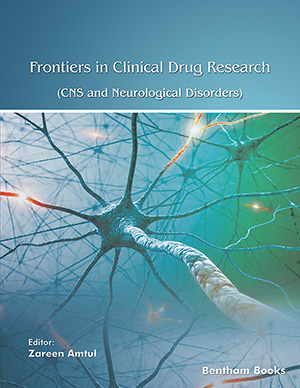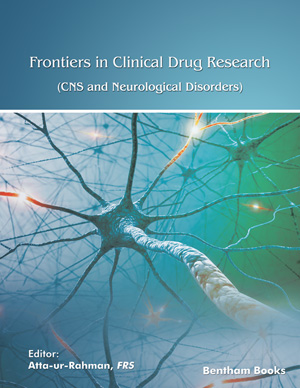Abstract
Poly(butyl cyanoacrylate) nanoparticles coated with polysorbate 80 (Tween 80) enable the transport of a number of drugs across the blood-brain barrier (BBB) into the brain following intravenous injection. These drugs include the hexapeptide endorphin dalargin, the dipeptide kytorphin, loperamide, tubocurarine, doxorubicin, and the NMDAreceptor antagonists MRZ 2 / 576 and MRZ 2 / 596. After binding to the polysorbate-coated particles, dalargin as well as loperamide exhibited a dose-dependent antinociceptive effect after i.v. injection as determined by the tail-flick as well as by the hot plate test. This effect was accompanied by a Straub reaction and was totally inhibited by pretreatment with naloxone, indicating that it is a central effect and not peripheral analgesia. After brain perfusion of rats with tubocurarine bound to the polysorbate-coated nanoparticles epileptic spikes were observable in the EEC of the rats but not with the controls. Other very interesting results were obtained with the NMDA-receptor antagonists MRZ 2 / 576 and MRZ 2 / 596. The very short anticonvulsive response of MRZ 2 / 576 was increased from below 30 to 300 min, and the transport across the BBB of the non-penetrating MRZ 2 / 596 was enabled after i.v. injection. Intravenous injection of polysorbate 80-coated nanoparticles loaded with doxorubicin (5 mg / kg) achieved very high brain levels of 6 μg / g brain tissue while all the controls, including uncoated nanoparticles and doxorubicin solutions mixed with polysorbate, did not reach the analytical detection limit of 0.1 μg / g. Moreover, experiments with the extremely aggressive glioblastoma 101 / 8 transplanted intracranially showed a long term survival for 6 months of 40 % of the rats after intravenous injection of the polysorbate 80-coated nanoparticle preparation (3 x 1.5 mg / kg). The surviving animals were sacrificed after this time and showed total remission by histological investigation. Untreated controls died within 10 - 20 days, the animals in the six other control groups between 10 - 50 days. The mechanism of the drug transport across the blood-brain barrier with the nanoparticles requires further elucidation. The most likely mechanism at present appears to be endocytotic uptake by the brain capillary endothelial cells followed either by release of the drugs in these cells and diffusion into the brain or by transcytosis. Endocytotic uptake of the polysorbate-coated nanoparticles but not of uncoated particles has been shown with bovine, murine, rat, and human brain capillary endothelial cells. After injection of the nanoparticles, apolipoprotein E (apo E) or apo B adsorption of the particles seems to occur as already shown in vitro, followed by interaction with the LDL receptor and endocytotic uptake. This scenario is rather likely since both apolipoproteins can interact with the LDL-receptor. They may then be taken up like the naturally occurring lipoprotein particles.
Keywords: Blood-Brain Barrier, Nanoparticles
 7
7













